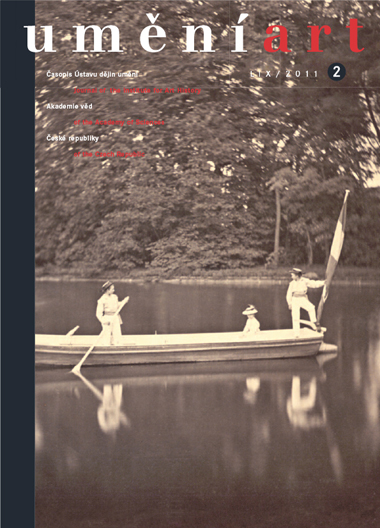Richard Němec
Die Burg- und Klosteranlage Oybin im Kontext der regionalen und höfischen Architektur Karls IV.: Zur Verbreitung des Stils der Prager Veitsdomhütte
The Oybin monastery's sculptural work - a fragment of a portal tympanum showing the two-tailed Bohemian lion and the figure of the benefactor that was found in the rubble in front of the western facade of the Celestine monastery church built on the northern border of the Crown's territory - demonstrates beyond a doubt its ties to the Bohemian kingdom and territorial lord. This interpretation is substantiated by heraldic-iconographic analysis. Can a comparable form of propaganda, restoring such territorial-monarchical claims, be documented on an architectural basis? Do steadily applied stylistic features, like the motifs in the window tracery, the form of lily frieze, or the specific profiling of an compressed Ogee moulding, reference the grandest Church structure in Bohemia, St Vitus Cathedral? Did the monarch demonstrate his legitimate claim to the throne in this way? Proceeding from such questions, a structural-historical study and an evaluation of chronological records in written sources were conducted that defined and stylistically analysed the individual stages in the construction of the Celestine church building. The church building differs from Charles IV's other building projects in the Zittau Region, in the town of Zittau (a member of the Lusatian Six-urban League), and along the Jablonec-Zittau trade route (Neuhaus), and ranks with buildings created in the court circles of Charles IV (Sasau, Skalitz, Prague-Karlshof ctc.). Features of the church building dating from the final stage of its construction are characteristic of Charles IV's representative, thoroughly 'imperial', style. The year 1371 can be taken as the terminus post quem for this new stylistic direction. Drawing conceptually on the style of the first builder of St Vitus Cathedral in Prague, Matthias of Arras, this conservative-heterogeneous style - much more intensively widespread than the style of Peter Parler - flourished thereafter in Bohemian architecture.
Full-text in the Digital Library of the Czech Academy of Sciences:
https://kramerius.lib.cas.cz/uuid/uuid:e4ea0cb1-7b92-4259-f978-c37c0a87d4bd
< back

